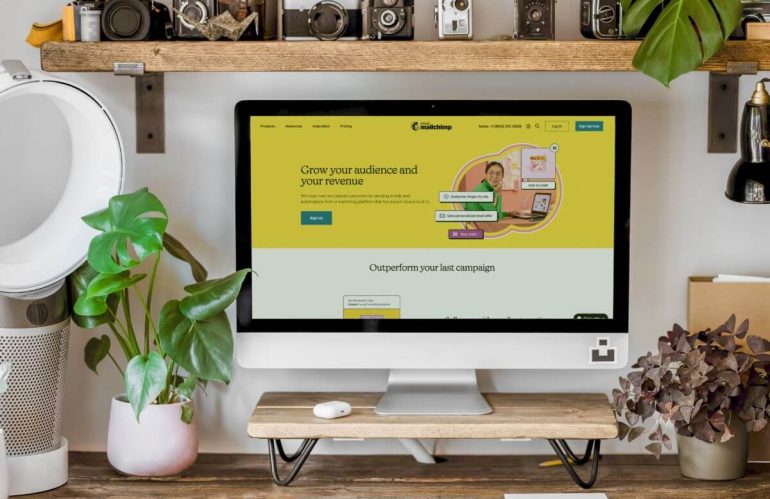In the competitive digital landscape, user experience (UX) is more than just a buzzword; it’s a critical factor in determining the success of a product, service, or platform. But what separates a well-designed UX from an extraordinary one? While a well-designed UX meets user needs effectively, an extraordinary UX goes beyond that—creating a memorable, delightful experience that fosters deep user engagement and loyalty.
Let’s explore the key differences between these two levels of UX design and how you can push your design from good to exceptional.
1. Understanding User Needs vs. Anticipating User Desires
- Well-Designed UX: A well-designed user experience begins with a thorough understanding of user needs. It’s about ensuring that the product is usable, accessible, and fulfills the primary goals of the user. This involves research, testing, and iterating based on user feedback to create a product that functions well and solves the user’s problem.
- Extraordinary UX: An extraordinary UX, however, anticipates user desires before they even articulate them. It’s about designing experiences that users didn’t know they wanted but find incredibly useful or delightful once they encounter them. For instance, think about the way predictive text in messaging apps or personalized content recommendations make your life easier without you asking for it.
2. Simplicity vs. Effortless Elegance
- Well-Designed UX: A hallmark of a well-designed UX is simplicity. It eliminates unnecessary steps and clutter, allowing users to achieve their goals quickly and efficiently. This involves clear navigation, intuitive interfaces, and straightforward processes.
- Extraordinary UX: Extraordinary UX takes simplicity to the next level by making interactions not just simple but also effortlessly elegant. This means every interaction feels smooth, with transitions and animations that are not just functional but also aesthetically pleasing. It’s the difference between a plain functional form and one that is not only easy to fill out but also enjoyable to use.
3. Consistency vs. Cohesive Storytelling
- Well-Designed UX: Consistency is crucial in UX design. A well-designed product ensures that its elements are consistent across different pages and platforms, which helps users navigate the product without confusion. This includes consistent typography, color schemes, and interaction patterns.
- Extraordinary UX: Beyond consistency, an extraordinary UX tells a cohesive story. It weaves together all the elements of design to create an experience that feels seamless and natural. The design not only guides users but also communicates the brand’s values and vision in every interaction. It’s about creating an emotional connection with users that extends beyond the functional.
4. Usability vs. Delight
- Well-Designed UX: Usability is at the core of a well-designed UX. It ensures that the product is easy to use, efficient, and effective in helping users complete their tasks. This involves reducing friction, simplifying processes, and ensuring that the product is accessible to all users.
- Extraordinary UX: Delight is what sets extraordinary UX apart. It’s the little surprises and moments of joy that make users not just satisfied but excited about using the product. This could be a clever microinteraction, a thoughtful onboarding experience, or a playful animation that brings a smile to the user’s face.
5. Problem-Solving vs. Enriching Lives
- Well-Designed UX: At its core, a well-designed UX solves problems. It addresses user pain points and provides solutions that make life easier or more efficient. This might involve streamlining a workflow, automating a tedious task, or providing clear and helpful instructions.
- Extraordinary UX: Extraordinary UX goes beyond problem-solving; it enriches the user’s life. It makes users feel understood, valued, and cared for. This can manifest in personalized experiences, human-centered design that considers the broader context of the user’s life, or features that inspire and motivate users.
How to Elevate Your UX from Good to Extraordinary
To push your UX design from well-designed to extraordinary, consider the following strategies:
- Empathize Deeply with Users: Go beyond basic user research to truly understand the emotions, desires, and motivations of your users. Use this insight to create designs that resonate on a deeper level.
- Incorporate Delightful Details: Focus on the small details that can make a big difference. Whether it’s a thoughtful microinteraction, a personalized message, or a smooth animation, these touches can elevate the entire experience.
- Prioritize Emotional Design: Design not just for usability but for emotional impact. Think about how your product makes users feel at every touchpoint and strive to create positive emotional responses.
- Stay Ahead of User Expectations: Always be looking for ways to exceed user expectations. This could involve implementing emerging technologies, staying on top of design trends, or simply thinking creatively about how to solve problems in new ways.
- Iterate Relentlessly: Even after launching, continue to gather feedback, test new ideas, and iterate on your design. The pursuit of extraordinary UX is ongoing and requires constant refinement and innovation.
Conclusion
The line between a well-designed user experience and an extraordinary one is subtle but significant. While a well-designed UX meets user needs effectively, an extraordinary UX creates a meaningful, memorable experience that users love. By focusing on empathy, delight, emotional design, and continuous innovation, you can push your UX design from good to exceptional—ultimately leading to greater user satisfaction, loyalty, and success for your product or service.



